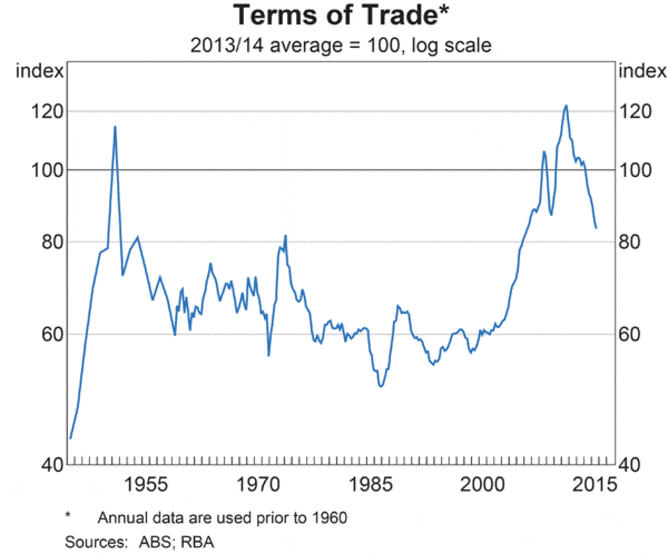OECD Economist: Central Banks Jeopardizing World Economy
William White is a senior adviser to the Organization for Economic Cooperation and Development (OECD), and heads the OECD’s Economic and Development Review Committee. He is making waves with a recent, fairly scathing, critique of various nations’ central banks. According to White, Central banks’ excessively liberal monetary policies are putting the global economy at risk, and he wants things to change.




